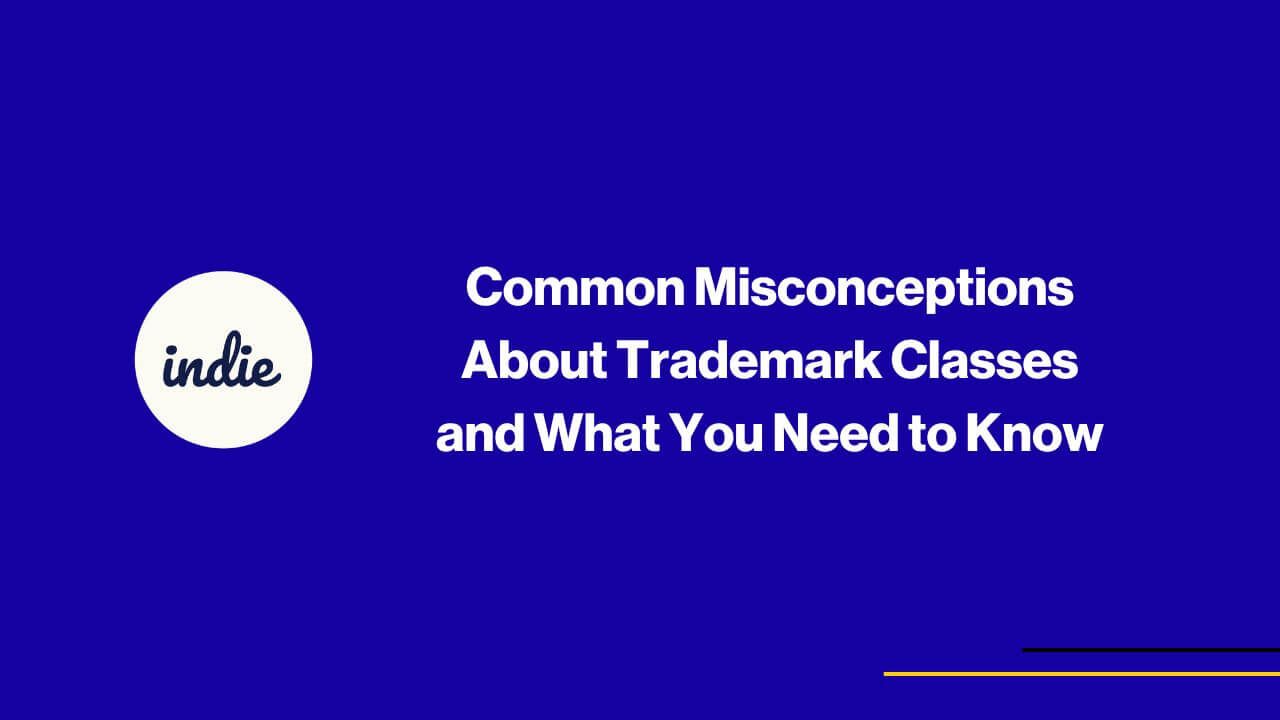Navigating trademarks can be tricky, especially when it comes to understanding trademark classes. Trademark classes, created by the Nice Classification (NCL) system, are essential for sorting goods and services into categories. But there are a lot of misconceptions about how classes work, which can lead to confusion or even legal challenges for businesses. Let’s unpack these myths to help you use your trademark effectively.
Understanding Trademark Classes
Trademark classes categorize products and services under a standardized system, providing consistency across regions. The Nice Classification system, managed by the World Intellectual Property Organization (WIPO), has 45 classes—34 for goods and 11 for services.
Misconception 1: Trademark Classes Automatically Protect Your Trademark
A common misconception is that trademark classes themselves provide protection. In reality, it’s the registration of the trademark within specific classes that offers legal protection. When you register a trademark in a certain class, your rights are safeguarded within that category, but this doesn’t prevent others from using a similar mark in unrelated classes.
For example, consider the name “DOVE.” In the United States, “DOVE” is a well-known brand for chocolates and a separate brand for shampoos and deodorants. These two companies coexist because their trademarks are registered in different classes—food products for the chocolate brand and personal care products for the shampoo and deodorant brand. Since they operate in entirely distinct industries, there is no consumer confusion, and the trademarks do not conflict.
However, registering in one class can sometimes provide broader protection across related classes, depending on the similarity of the goods or services. For instance, clothing falls under Class 025, while jewelry is categorized under Class 014. Because it is common for clothing brands to also sell jewelry, a trademark registered in Class 025 for clothing could potentially block a similarly named brand from registering in Class 014 for jewelry due to the likelihood of consumer confusion.
This highlights the importance of carefully considering not only your primary class but also related classes where your business might expand. By registering strategically, you can better safeguard your brand from potential conflicts.
For more guidance, check out resources from the United States Patent and Trademark Office (USPTO).
Misconception 2: Registering in One Class Is Enough for Full Protection
Another common myth is that registering in a single class fully protects your brand. However, if your business spans multiple sectors, you may need multiple class registrations.
Let’s say you sell footwear (in Class 25) and plan to expand into backpacks (Class 18). Registering your brand in just one class won’t protect it across both product lines; you’d need separate registrations for each. Missing out on coverage in other classes can leave room for others to use similar marks, which could lead to brand confusion or even dilution.
Misconception 3: Categorizing Goods and Services Is Always Straightforward
It’s easy to assume that every product or service fits neatly into one of the 45 trademark classes, but sometimes things aren’t so simple. Certain items can fall into multiple categories, or might not fit cleanly into any one class. When this happens, it’s important to think about the main purpose of your product or service and, if needed, consult legal advice. Many online resources can also help you determine the best class for your business needs.
Misconception 4: Trademark Classes Aren’t Important for Small Businesses
Lastly, some small business owners believe that trademark classes are only a concern for larger companies. On the contrary, anyone seeking trademark registration should be aware of classes, as they directly impact the scope of your trademark protection and potential business growth, and are required in the trademark application. Entering new markets or expanding product lines in the future requires strategic trademark planning with classes in mind.
In conclusion, understanding trademark classes is integral to safeguarding your brand. It’s not just about selecting a category; it’s about ensuring your intellectual property is fully protected, allowing your business to thrive without unnecessary legal hindrances. For more information on properly navigating trademarks, consulting a trademark law firm can be beneficial.
By dispelling these misconceptions, business owners can better protect their brand identity, expand confidently, and operate securely in the competitive landscape. Always consider seeking professional legal advice when dealing with complex trademark issues to avoid costly mistakes.
Note on Global Trademark Registrations:
While trademark classes are standardized under the Nice Classification system across many countries, the interpretation and enforcement of trademark laws can vary between jurisdictions. For businesses operating internationally, it’s essential to conduct due diligence and consider localized legal advice to ensure comprehensive brand protection.
Final Thoughts
Understanding trademark classes is crucial to protecting your brand. It’s not just about picking a category; it’s about fully securing your intellectual property and ensuring your business can grow without legal roadblocks. Expert resources like the International Trademark Association (INTA) can offer further guidance.
By clearing up these misconceptions, you’ll be in a better position to protect your brand, expand confidently, and compete effectively. And remember, professional legal advice can be a worthwhile investment when it comes to navigating complex trademark issues and avoiding costly mistakes.

